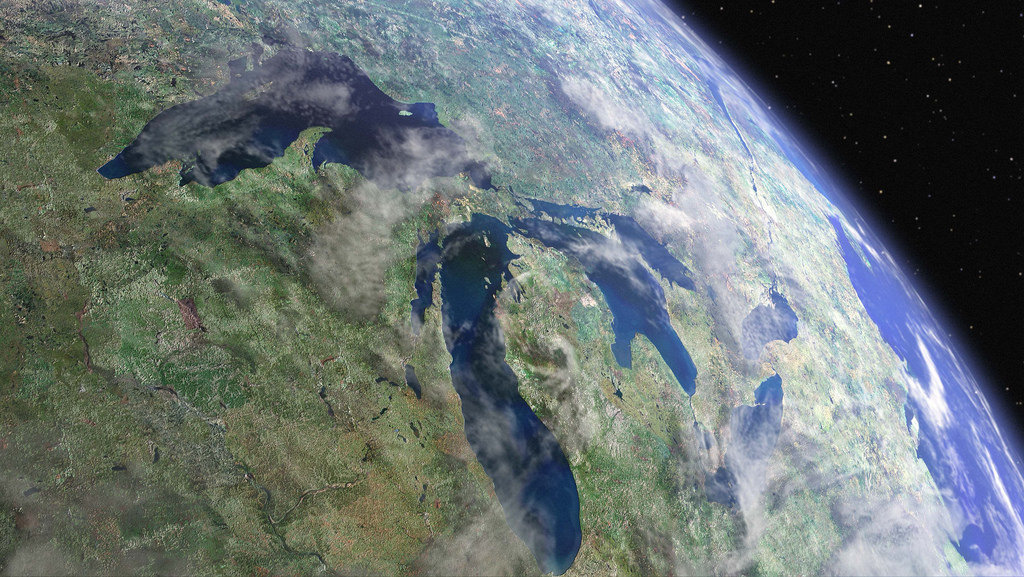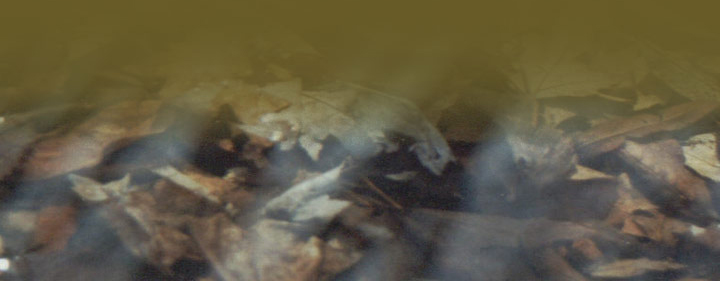|

recommended plant books for
michigan
and
the great lakes bioregion
* when possible, do see if
you can contact the author *
*
and buy direct to support their endeavors
*
*
*

botany & field
guides
These books are aimed at providing technical keys and
identification information, and Floras specific seek to
identify all the species in the area they cover, which
means they're your best bet for being able to ID
something you've found.
A Field Guide for Michigan Flora
by Reznicek and Voss
(available
here)
This single volume edition updates the three hardcover
Michigan Floras written by Voss in the 70s, correcting
some errors, updating distribution maps, and adding
species that have established themselves since the
original books were written. The goal of a flora
is to include all the species in the area covered, so
(for example) you can differentiate between Plantago
major and Plantago rugelii and not just think
all "broadleaf plantain" is Plantago major (or
that all dandelion is Taraxacum officinale). This is a technical
flora of seed bearing plants, which means it
doesn't include ferns or other spore producing flora.
This book also lacks any photos or illustrations; again,
it's a technical flora, and it's virtues are in its
keys, it's distribution maps, and its comprehensive
nature.
Trees and Shrubs of Minnesota
by Welby Smith
(available
here)
Wow... this book rocks. While not wholly
comprehensive (my only complaint) this books keys and
info are pretty spectacular. It's expensive, but
compared to the (I felt) disappointing Shrubs of
Michigan well worth the splurge. Check out Sam
Thayer's review here.
Michigan Trees:
A Guide to the Trees of Michigan
and the
Great Lakes Region
by Burton V. Barnes and Warren H. Wagner (available
here)
A fine key to trees of the region, illustrated
throughout with lines drawings for each species
considered. The introductory chapters on woody
plant identification and forest communities coversthe
botanical terminology used and gives you a sense of the
importance of the ecosystems that these species grow in.
The closing chapter on selected shrubbery (is that a
botanical term?) covers a number of common species, but
isn't comprehensive.
Bark: A Field Guide to Trees of the Northeast
by Michael Wojtech (available
here)
Normally we think of keying out trees using buds and
branches, but this is actually a field guide
specifically focused on bark. There are keys,
excellent photos of barks in various stages of each
species, and just, wow: how freakin' unique... I know or
nothing else similar.
Mosses of Michigan
by Henry Darlington (available
here)
An older book, published in 1964, it's the closest we
have to a comprehensive key to bryophytes. There
are some pictures and the entries do list counties that
various species can be found in, but there aren't visual
distribution maps, which is somewhat frustrating, especially since
both the online resources Biota of North American Plants
and the USDA site either don't cover or have inaccurate
distribution maps for mosses. That said, it's a
good key and the book itself is beautiful (they don't
make hardcovers like they used to).
Mushrooms
of Northeastern North America
by Alan Bessette (available
here)
A regional mushroom guide.
Botany in a Day
by Thomas Elpel (available
here)
A basic primer for those new to botany.

picture books
These
books have nice pictures of plants, which makes ID
easier... maybe. It's actually the case that line
drawings will more accurately convey an plants
identiying characteristics. Also, and importantly,
these books are never comprehensive; they leaves lots of
plants outand often cover only a couple/few plants in a
given genus, which can make you not realize things like
the dandelion you're looking at is actually Taraxacum
erythrospermum, not Taraxacum officinale.
Still, useful and worth having... who doens't like to
look at plant pictures?
What's Doin' the Bloomin'
by Clayton &
Michele Oslund
(available
here)
This is my face picture book for plants growing in mid
to southern Michigan (the palm of your hand area).
Plants are (mostly) shown by season of bloom, and there
is more than one picture of most plants, which makes it
much better than something that just shows flowers.
Northwoods Wildflowers
by Doug Ladd (available
here)
This Falcon Guide is better for mid to Northern Michigan
(your fingers to the UP). Great book with good
pics. Focuses on natives, but there is a section
at the end that covers the non-natives you'll inevitably
be trying to figure out.
Trees of Michigan and the Upper Great Lakes
by Norman
Smith (available
here)
This book is a great counter-part to Michigan Trees
(listed above under botany), and the two together are an
ideal combination for tree identification. While
Michigan Trees uses the standard of keys and line
drawings, Trees of Michigan has numerous photos of
barks, cones, flowers and fruit to help with
identification.
An Eclectic Guide to Trees East of the Rockies
by Glen Blouin
(available
here)
This book is nice because it has multiple pictures of
trees, their leaves and bark, and additional info about
each species.
Michigan Lichens
by (available
here)
A pocket lichen picture book.

reference books
The North American Guide to Common Poisonous Plants and Mushrooms
by Turner &
Aderkas (available
here)
If you're picking plants from wild or semi-wild places,
you not only need to know how to positively identify the
plants you're harvesting, but also the poisonous plants
that grow in your ecoystem. The importance of this
can not be overstated. While not regional, this
book is good because in addition to providing short
entries on a number of poisonous plants, it also
discusses the nature of types of poisonous compounds.
Yes, this book, like so many describing poisonous plants
and mushrooms, casts a wide net, including a lot of the
common medicinal plants we safely use in practice
because of their effects on animals (some plants
poisonous to animals are not poisonous to people, and
some plants not poisonous to animals ARE poisonous to
people), because they contain compounds that when
isolated possess poisonous effects not present in the
entire plant, or because one part of the plant may
possess toxic actions while another does not.
Regardless, it's a very useful book and reference for
anyone wildcrafting or foraging plants and mushrooms.

foraging and wild edibles
Incredible
Wild Edibles
The Forager's Harvest
Nature's Garden
Sam
Thayer's Field Guide to Edible Wild Plants
of
Eastern and Central North America
(all
available
here)
by Sam Thayer
Sam Thayer's work is top notch, and essential reading
for anyone foraging edibles. There's really pretty
much no one who goes into the nuacne and details of the
plants he covers as thoroughly. All three are must
haves.
Midwest Foraging
(available
here)
Midwest Medicinal Plants (available
here)
by Lisa M. Rose
Lisa is a colleague, former student, and friend.
Her books are reliable guides for home and in the field
use, and her info all tried and true, based on her own
understanding and experience. Also "musts" for
regional foragers and wildcrafters.
Wild Remedies
by Rosalee de la Foret and Emily Han
(available
here)
Superb, and a must have for anyone getting into
foraging/wildcrafting medicinals, as it frames the
virtues of the herbs covered within a solid context of
herbalism (as opposed to just giving simplified "uses"
of herbs). While not specifically local, of all the
plants covered only citrus isn't found growing in this
region.
Foraging & Feasting... A Field Guide and Wild Food
Cookbook
by Dina Falconi (available
here)
A beautiful, recipe laden book.
The Wild Foods Cookbook
by Cathy Johnson (available
here)
This isn't a foraging guide, but does include a number
of recipes for wild plants found throughout this region,
so you'll get some ideas of how to start incorporating
some of these things into your routine. If you're
a "let's start with wild berry jelly!" person, the
elderberry sumach jelly is pretty delicious.

naturalist's guides
The Book of Field and Roadside,
(available
here)
The Book of Forest and Thicket,
(available
here)
and
The Book of Swamp and Bog
(available
here)
by John Eastman & Hansen
John Eastman's books are so great. Focused on
plants, they're actually naturalist books which teach
about the plants in relation wto their habitats and
interactions with their ecosystems. I think
learning this information is essential for
foraging/wildcrafting, because we need to think about
the entire natural community a plant exists in, not just
the plant we want. And haven't you been wondering
what rolls that leaf or lives in that stem gall?
A Peterson Field Guide to Eastern Forests
by Kricher, Peterson and Morrison (available
here)
Understanding your land is an essential part of
responsible and ethical foraging/wildcrafting
Amphibians
& Reptiles of the Great Lakes (available
here)
by James Harding & David Mifsud
(
↓ older versions of the above title
↑ )
Michigan Snakes,
(available
here)
Michigan Frogs, Toads
& Salamanders,
(available here)
and
Michigan Turtles and Lizards
(available
here)
by James
Harding & J. Alan Holman
Again, when we spend our time crawling around the
forest floor, we don't just interact with plants.
Invest the energy to learn the calls of frogs, and the
different between a ribbon and garter snake...
Caterpillars of Eastern North America
by Wagner
(available
here)
Because caterpillars are cool.
© jim
mcdonald
|

